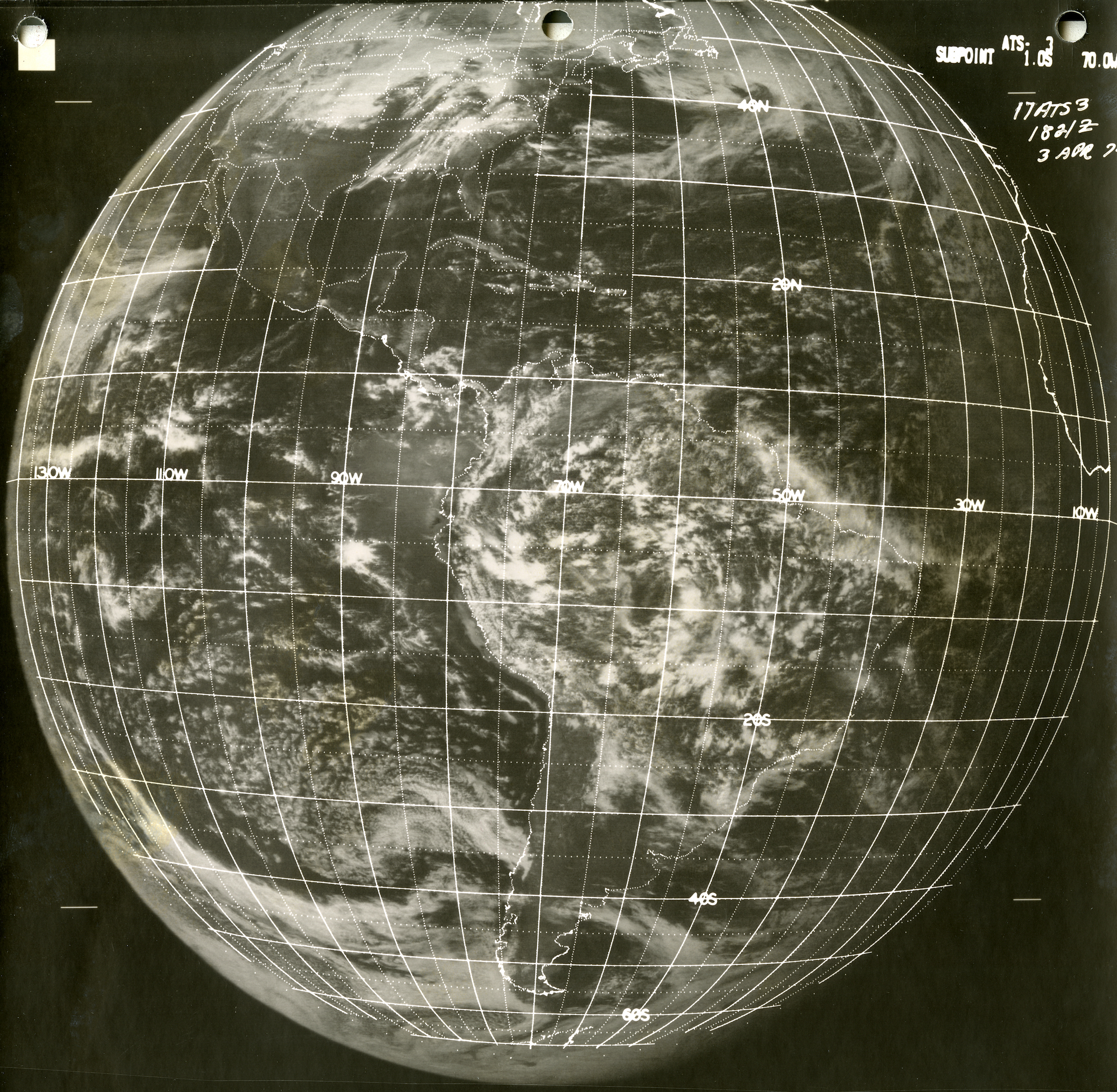
[ Archive ]

 |
CIMSS-NOAA Weekly Report [ Archive ] |
 |
ASPB AND CIMSS WEEKLY HIGHLIGHTS FOR THE WEEK ENDING MARCH 16, 2018
IN THE PRESS:
SSEC and CIMSS Scientists in the News: Scientists at the University of Wisconsin-Madison (UW) Space Science and Engineering Center (SSEC) and the Cooperative Institute for Meteorological Satellite Studies (CIMSS) provide expert commentary, interviews, and imagery to news media. In the news this week: 1) CIMSS scientist Jason Otkin spoke with Nature on incorporating new satellite data into weather models more rapidly, and the challenges it presents when trying to match the two systems (https://go.wisc.edu/3d9e98); 2) Emeritus researcher Tom Whittaker was awarded the American Meteorological Society STAC Distinguished Scientific/Technological Accomplishment and Outstanding Service Award (http://www.ssec.wisc.edu/news/articles/10594); 3) CIMSS and SSEC scientists Jordan Gerth and Scott Lindstrom were the UW News featured experts for the recent nor-easters that struck the East Coast; 4) CIMSS researcher Aaron Letterly wrote a post for the Global Cryosphere Watch on this year's unusually warm January in the Arctic (https://go.wisc.edu/ypefes); 5) SSEC provided ATS-III imagery to 1895 Films for a film on the April 3-4, 1974 super tornado outbreak (air date on the Smithsonian Channel TBD). (J. Phillips, SSEC, 608-262-8164)
 (Click image to enlarge)
(Click image to enlarge)
Figure caption: ATS-III on 3 April 1974 at 1821Z. Credit: SSEC, NASA.
ITEMS FOR THE ADMINISTRATOR:
ITEMS FOR THE ASSISTANT ADMINISTRATOR:
ITEMS FOR THE OFFICE DIRECTOR, STAR:
Satellite Presentation to the NWS Central Region: On 14 March 2018, Jordan Gerth of the Cooperative Institute for Meteorological Satellite Studies, and Tim Schmit of the NESDIS STAR Advanced Satellite Products Branch (ASPB), provided an update on applications for NOAA's geostationary and polar-orbiting satellites as part of a monthly teleconference of National Weather Service (NWS) Central Region Science and Operations Officers (SOOs) and Development and Operations Hydrologists (DOHs). John Gagan of the NWS Milwaukee field office invited J. Gerth and T. Schmit to give a presentation to all SOOs and DOHs in Central Region after succcessful visits with the NWS Milwaukee staff in January and February 2018. (J. Gerth, CIMSS, 608-263-4942, T. Schmit, E/RA2)
![]() (Click image to enlarge)
(Click image to enlarge)
Figure caption: The image shows the coverage of the Advanced Baseline Imager (ABI) once GOES-17 reaches the operational location of 137 degrees West longitude. This includes three sector types: full disk, a sector that includes part of the contiguous U.S. (dashed lines) and the two movable, mesoscale sectors (in their default locations). The contiguous United States sector will be scanned every 5 minutes, while each mesoscale sector will be scanned every minute. The image also depicts how a 1 km pixel grows in size as the ABI scans the edge of the disk.
GOES-16 Presentation at Regional Severe Weather Seminar: Margaret Mooney from NOAA’s Cooperative Institute for Meteorological Satellite Studies (CIMSS) presented Geostationary Operational Environmental Satellite (GOES)-16 data to an audience of 560 storm spotters and weather enthusiasts on Saturday March 10 in DuPage Illinois. The 30-minute presentation focused on severe storm analysis and featured multiple examples from the GOES-16 Advanced Baseline Imager (ABI) and Geostationary Lightning Mapper (GLM). (M. Mooney, CIMSS, 608-265-2123)
ITEMS FOR THE DIVISION CHIEF, CoRP:
High School Science Fair Winner: Aashna Sheth, a junior at Tesla STEM High School located in Redmond, WA, won 1st place in the Physics, Astronomy, and Mathematics category of the Central Sound Regional Science and Engineering Fair for her project "The Application of Microwave Satellite Data to the Statistical Hurricane Intensity Prediction Scheme". She also won Special Awards from Tableau, the Association for Women Geoscientists, and the American Meteorological Society, and she was selected to serve as a Judge at the Intel Science Fair (ISEF). Jim Kossin (NCEI/CWC) was honored to serve as Aashna's Mentor for the project. (J. Kossin, NCEI/CWC, 608-265-5356)
Support to Local WFO with Analysis of an Apartment Fire: Tim Schmit supported the Milwaukee/Sullivan Weather Forecast Office (WFO) with an analysis of an apartment fire in Beaver Dam, Wisconsin on March 15, 2018. While subtle, the signature was observed from the Geostationary Operational Environmental Satellite (GOES)-16 Advanced Baseline Imager (ABI), especially the hot spot (darker colors) in the shortwave infrared window and the plume in the 0.64 um visible band. 1-minute time step animation at: http://cimss.ssec.wisc.edu/goes/blog/wp-content/uploads/2018/03/ABI_BAND7_2_FIRES_APT_loop_2018074_145001_2018074_164901.mp4. (T. Schmit, E/RA2, 608-263-0291)
(Click image to enlarge)
Figure caption: The Geostationary Operational Environmental Satellite (GOES)-16 Advanced Baseline Imager (ABI) view of an apartment fire in Beaver Dam, Wisconsin on March 15, 2018 at 16:07 UTC. Shown are the high-resolution visible band (left panel) and the shortwave infrared window (right panel).
VISITORS:
NEXT WEEK:
LOOKING AHEAD:
| Archived Weeklies Page | Submit a report item |